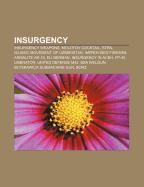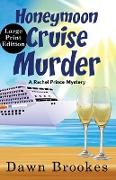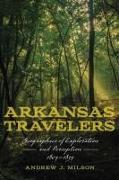Insurgency
BücherAngebote / Angebote:
Source: Wikipedia. Pages: 32. Chapters: Insurgency weapons, Molotov cocktail, Sten, Islamic Movement of Uzbekistan, Improvised firearm, Armalite AR-18, Eli Berman, Insurgency in Aceh, FP-45 Liberator, United Defense M42, BSA Welgun, Blyskawica submachine gun, Borz, Thompson Ramo Wooldridge Low-Maintenance Rifle, Deer gun, Robert Hillberg, Colt Defender Mark I, Pleter 91 submachine gun, Variara submachine gun, S4M, Avenger submachine gun, Bechowiec-1, Winchester Liberator, Métral submachine gun, Paltik, Hukbalahap Rebellion, Galkatas. Excerpt: The Sten (or Sten gun) was a family of British 9 mm submachine guns used extensively by British and Commonwealth forces throughout World War II and the Korean War. They were notable for having a simple design and very low production cost making it an effective insurgency weapon with resistance groups. STEN is an acronym, cited as derived from the names of the weapon's chief designers, Major Reginald V. Shepherd and Harold Turpin, and EN for Enfield. Over 4 million Stens in various versions were made in the 1940s. The official designation "Carbine, Machine, Sten" should not be confused with the common understanding of carbine, the Sten was a typical, almost stereotypical submachine gun (IE: Full-automatic firearms regardless of size/form that fires pistol rounds.) while the term carbine is used to refer to short, light rifles. The "Carbine, Machine" element of the designation resulted from the British term for a submachine gun-"Machine Carbine"-in the early part of the Second World War. The Sten emerged while Britain was engaged in the Battle of Britain, facing invasion by Germany. The army was forced to replace weapons lost during the evacuation from Dunkirk while expanding at the same time. Prior to 1941 (and even later) the British were purchasing all the Thompson submachine guns they could from the United States, but these did not begin to meet demand. The American entry into the war at the end of 1941 placed an even bigger demand on the facilities making Thompsons. In order to rapidly equip a sufficient fighting force to counter the Axis threat, the Royal Small Arms Factory, Enfield, was commissioned to produce an alternative. The credited designers were Major R. V. Shepherd, OBE, Inspector of Armaments in the Ministry of Supply Design Department at The Royal Arsenal, Woolwich, (later Assistant Chief Superintendent at the Armaments Design Department) and Mr. Harold John Turpin, Senior Draughtsman of the Design Department of the Royal Small Arms Factory (RSAF), E
Folgt in ca. 5 Arbeitstagen




